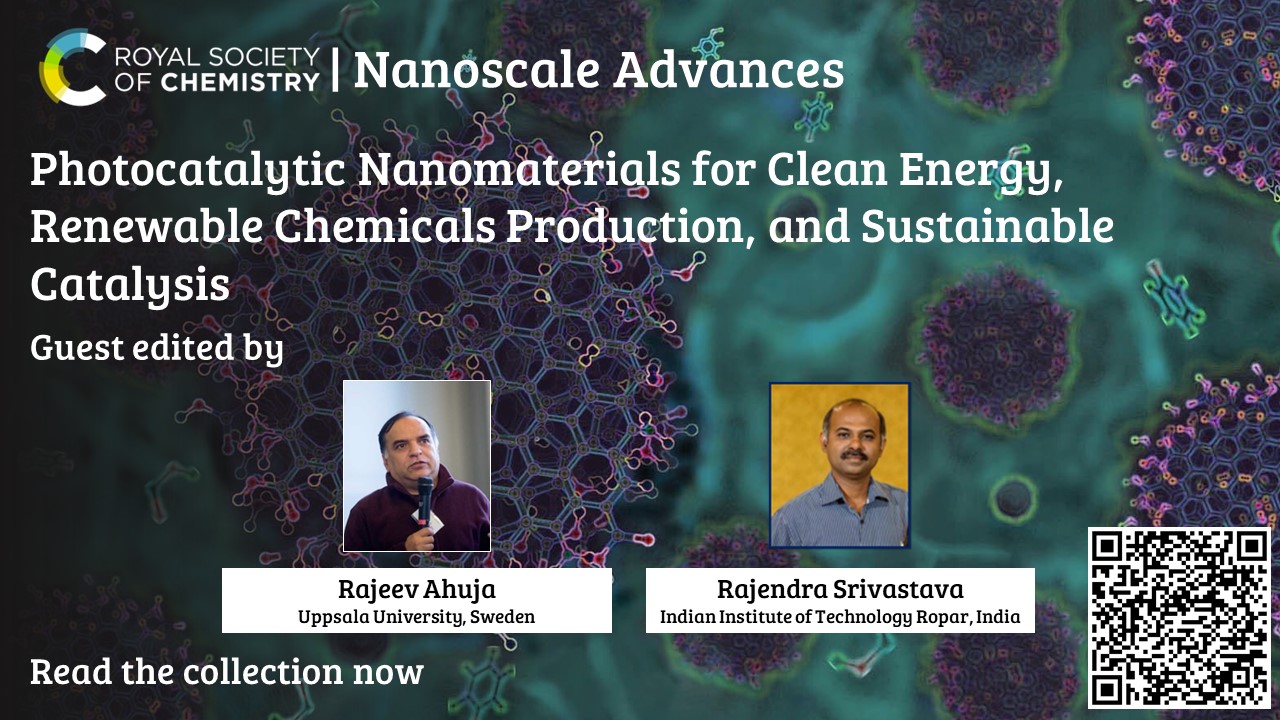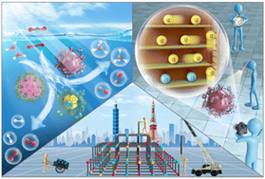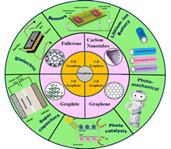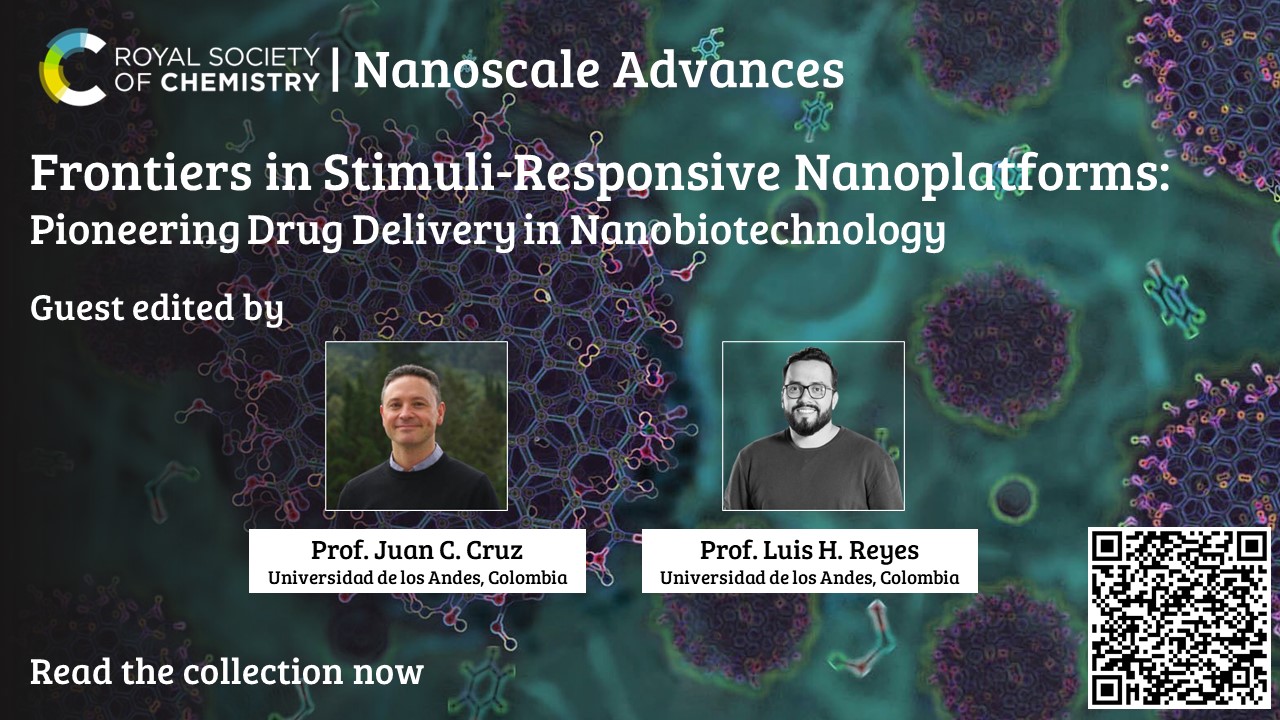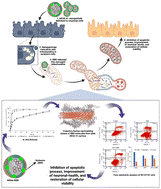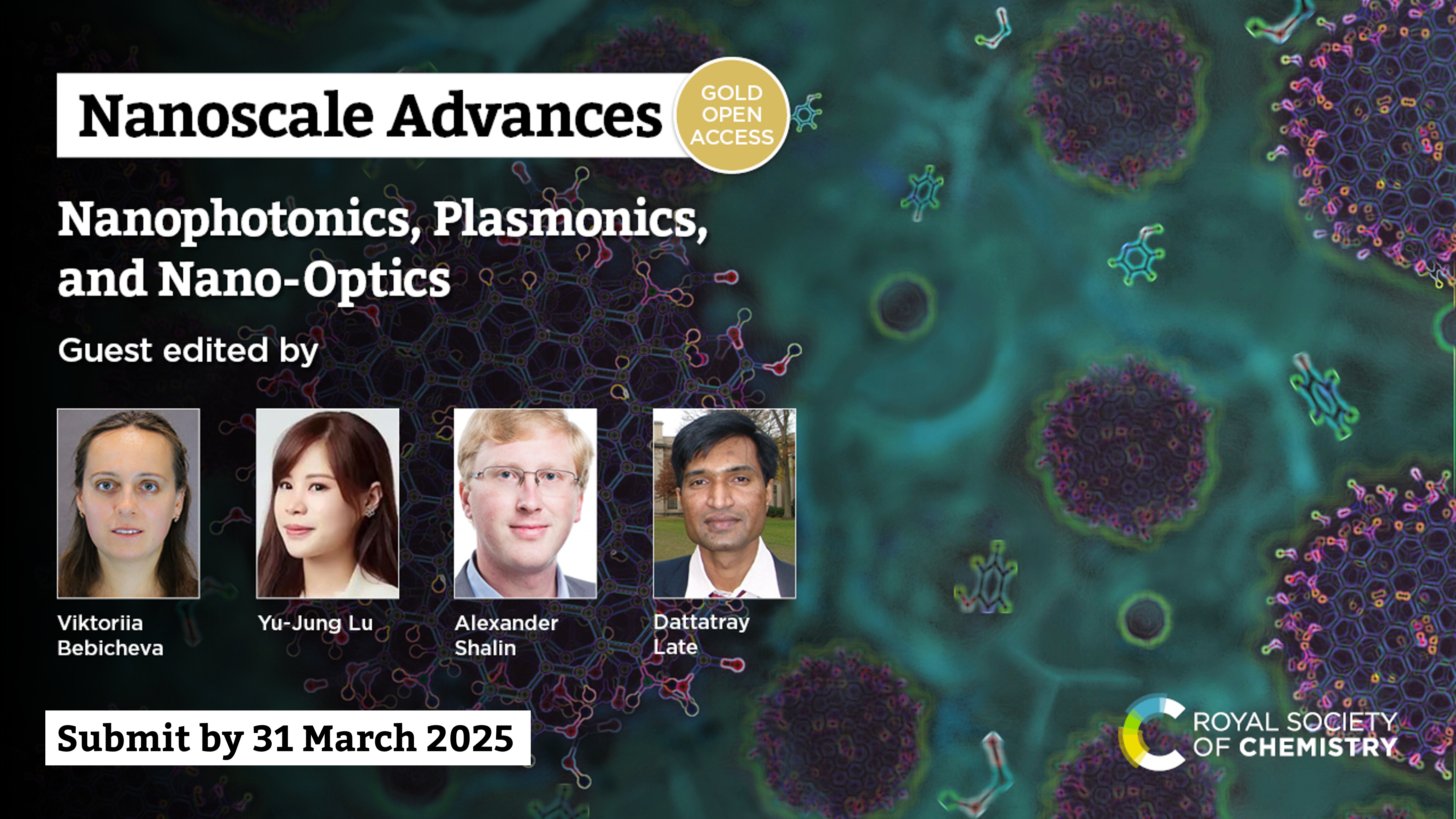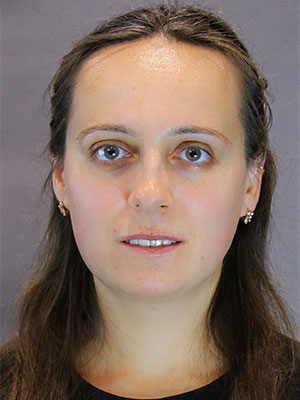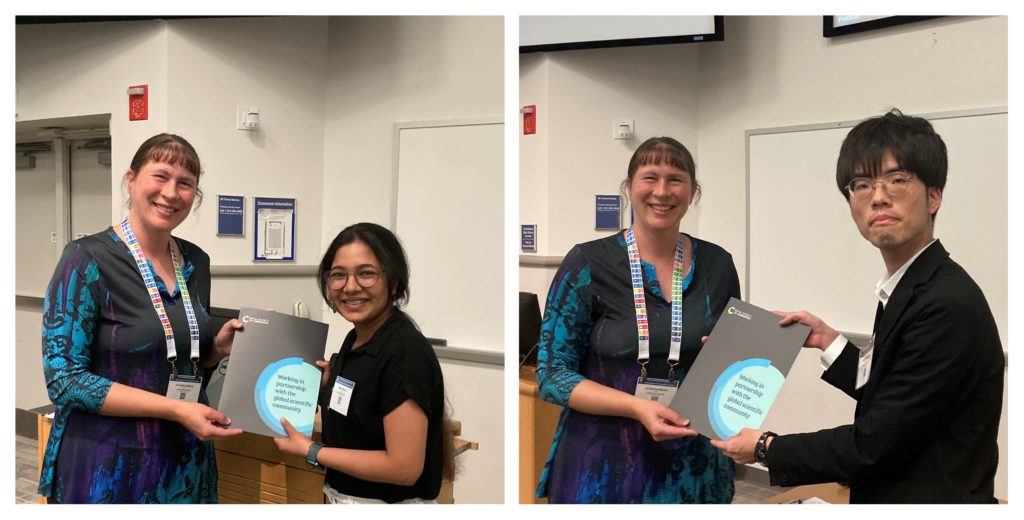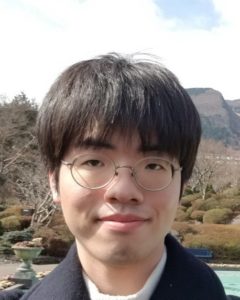We would like to highlight the following papers;
Boosting activity and selectivity of glycerol oxidation over platinum–palladium–silver electrocatalysts via surface engineering
Yongfang Zhou, Yi Shen*, Xuanli Luo, Guo Liu & Yong Cao
Nanoscale Adv., 2020,2, 3423-3430
A series of platinum–palladium–silver nanoparticles with tunable structures were synthesized for glycerol electro-oxidation in both alkaline and acidic solutions.
Nanomaterials for the electrochemical nitrogen reduction reaction under ambient conditions
Juan Wen, Linqing Zuo, Haodong Sun, Xiongwei Wu, Ting Huang, Zaichun Liu, Jing Wang*, Lili Liu*, Yuping Wu*, Xiang Liu &Teunis van Ree
Nanoscale Adv., 2021,3, 5525-5541
Low-dimensional nanomaterials make the road to electrochemical nitrogen reduction reaction clearer!
Pd/Ni-metal–organic framework-derived porous carbon nanosheets for efficient CO oxidation over a wide pH range
Adewale K. Ipadeola, Kamel Eid,*, Aboubakr M. Abdullah*, Rashid S. Al-Hajri* & Kenneth I. Ozoemena*
Nanoscale Adv., 2022,4, 5044-5055
Ni-MOF-derived hierarchical porous carbon nanosheets (Ni-MOF/PC) decorated with Pd nanocrystals (Pd/Ni-MOF/PC) have high electrocatalytic CO oxidation activity in KOH, HClO4, and NaHCO3 electrolytes than Pd/C and Pd/Ni-MOF/C.
Synthesis of polyoxometalate-pillared Zn–Cr layered double hydroxides for photocatalytic CO2 reduction and H2O oxidation
Xiaotong Zhao, Haoyang Jiang*, Yongcheng Xiao & Miao Zhong*
Nanoscale Adv., 2024,6, 1241-1245
This study explores the use of polyoxometalate (POM)-pillared Zn–Cr layered double hydroxides (LDHs) as photocatalysts in CO2 reduction and H2O oxidation. The findings indicate that LDH pillared withSiW12O404− demonstrate promoted photocatalytic performance compared to conventional LDHs intercalated with NO3− andCO32− anions.
This collection is complimentary to other catalysis collections within the Nanoscale journal family and helps to showcase the broad, pioneering and seminal works being published within the field of Catalysis at the Nano scale, such as ‘Photocatalytic Materials for Clean Energy, Renewable Chemicals production, and Sustainable Catalysis’ in Nanoscale Advances, which has recently been promoted in Nanoscale Advances, Photocatalytic Materials for Clean Energy, Renewable Chemicals production, and Sustainable Catalysis Home (rsc.org) and ‘nanocatalysis’ currently ongoing in Nanoscale Nanocatalysis Home (rsc.org)












